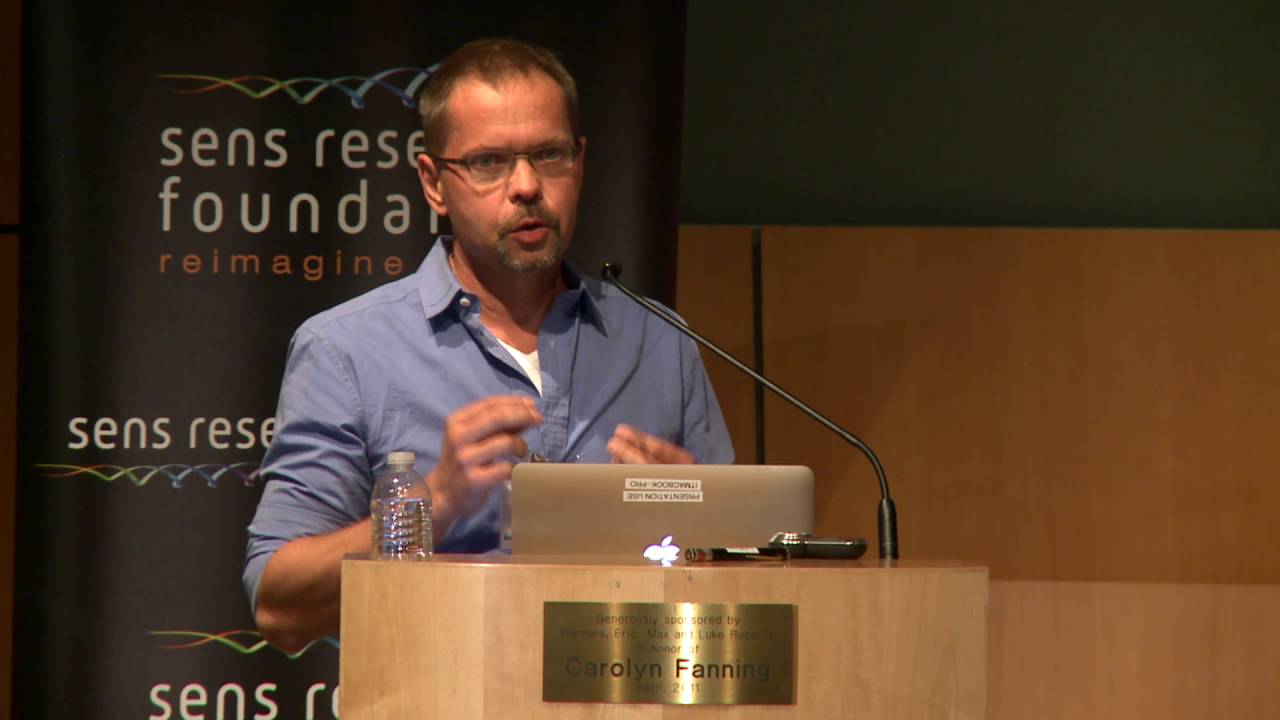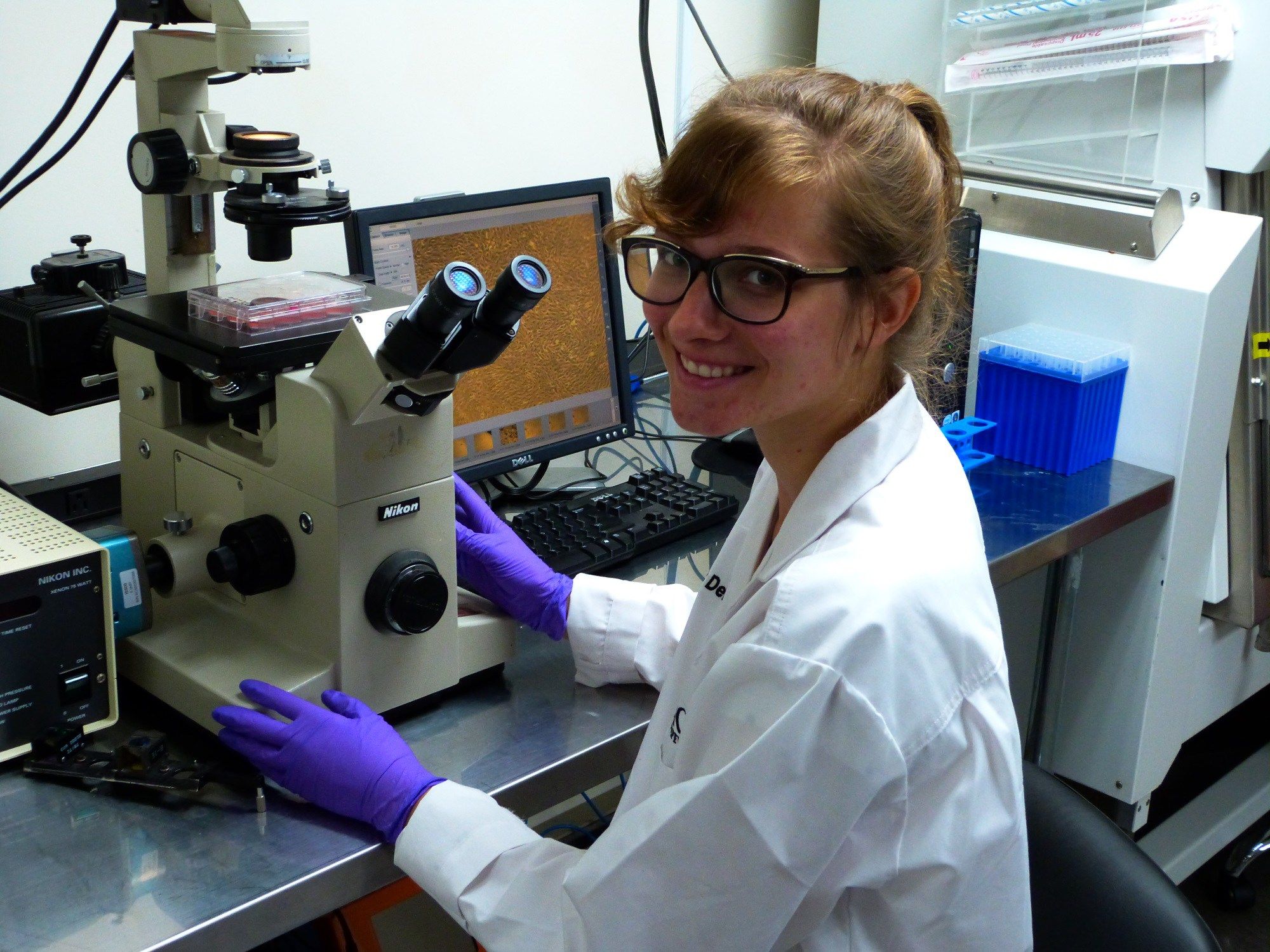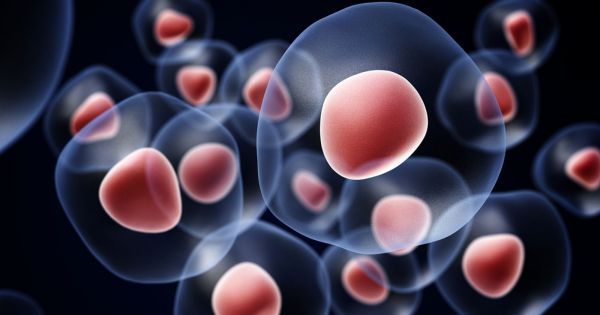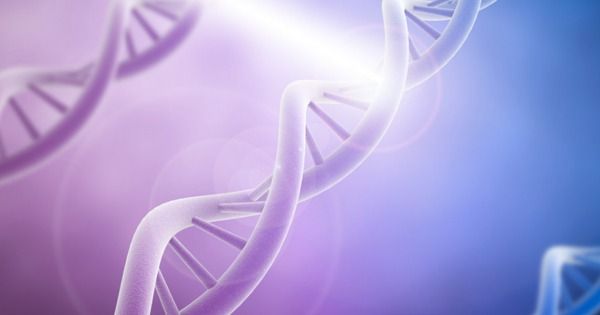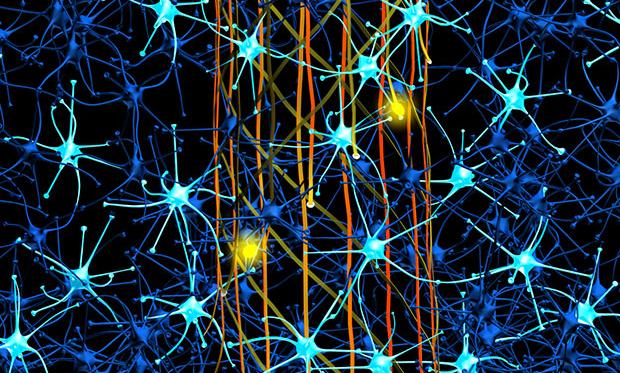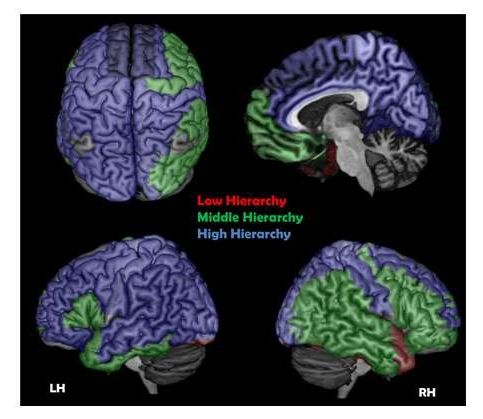Archive for the ‘biotech/medical’ category: Page 2548
Aug 31, 2016
Aubrey de Grey and Panel — Prolonging Lifespan
Posted by Montie Adkins in categories: biotech/medical, life extension
https://www.youtube.com/watch?v=5chIH_ozLkI
Inconvenient truths about aging, senescent cells and more.
Filmed August 16th 2016.
Continue reading “Aubrey de Grey and Panel — Prolonging Lifespan” »
Aug 31, 2016
Methuselah Foundation Fellowship Award Winner Tackles Research in Macular Degeneration
Posted by Steve Hill in categories: biotech/medical, chemistry, education, mathematics
Our friends at the Methuselah Foundation are working on macular degeneration.
Typically, a fellowship and participation in a research study to cure a major disease would occur years after completing undergrad, possibly even after earning a PhD. But Jennifer DeRosa is not a typical student.
As early as high school, DeRosa was already in the lab, conducting research in plant biotechnology at the College of Environmental Science and Forestry (SUNY-ESF) before graduating valedictorian from Skaneateles High School. As a freshman student at Onondaga Community College, she continued to develop skills in molecular biology, analytical chemistry, and cell biology. She logged over 1,600 hours in academic and industry laboratories while maintaining a perfect 4.0 GPA, completing her associate’s degree in Math and Science in only one year.
Aug 30, 2016
MIT’s 3D-Printed Shape-Shifting Objects Could Revolutionize Medicine
Posted by Shailesh Prasad in categories: 3D printing, biotech/medical, cyborgs
Using light, a team of MIT researchers were able to print 3D structures that “remember” their original shapes. Even after being stretched, twisted, and bent at extreme angles, the structures sprang back to their original forms within seconds of being heated to a certain temperature “sweet spot.”
Beyond 3D-printed dinners, additive manufacturing has helped create artificial jaws, better prosthetics, and even brain tumors. Researchers at MIT have found a way to print 3D structures that remember their original shapes within seconds of being heated at a specific temperature “sweet spot,” paving the way towards developing tiny drug capsules that open upon early signs of infection.
Researchers often turn to 3D printing to fabricate shape-memory structures since the technology lets them to custom-design structures with relatively fine detail. The only problem is that conventional 3D printers come with size restrictions—the structures’ details can’t go any smaller than a few millimeters, and the restriction limits how fast the material can recover its original shape.
Continue reading “MIT’s 3D-Printed Shape-Shifting Objects Could Revolutionize Medicine” »
Aug 30, 2016
Genetic Engineering Creates Piglets That Are Immune to Deadly Disease
Posted by Shailesh Prasad in categories: bioengineering, biotech/medical, food, genetics, sustainability
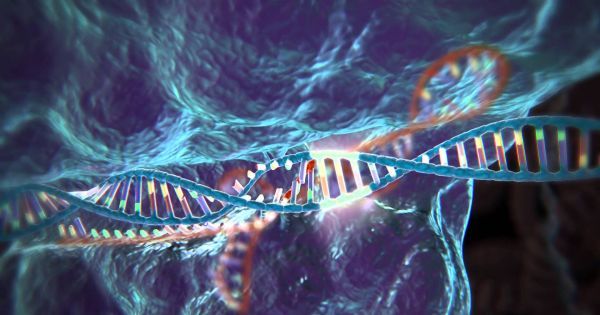
Researchers genetically modify piglets to be resistant to an incurable disease plaguing hog farms, Porcine Reproductive Respiratory Syndrome (PRSS). The researchers cut out a specific gene to cure the pigs.
Aug 30, 2016
Regenerative Bandage Heals Wounds 4x Faster
Posted by Shailesh Prasad in category: biotech/medical
Scientists from Northwestern University have been able to create a heat-sensitive bandage that coaxes naturally-occurring stem cells to heal wounds faster.
Technology that allows wounds to heal faster is in great need, especially for those patients that are susceptible to complications from seemingly simple injuries. For diabetics, small bruises and cuts can be life-threatening. What if there was a way to speed up healing these wounds?
The answer may lie in this new bandage. Researchers from Northwestern University have developed a heat-responsive bandage that helps wounds heal faster.
Continue reading “Regenerative Bandage Heals Wounds 4x Faster” »
Aug 30, 2016
Scientists Discover That We Can Control Gene Editing With Light
Posted by Shailesh Prasad in categories: bioengineering, biotech/medical
A team of researchers from MIT have developed a new technique on the genome-editing system known as CRISPR, which offers precise manipulation of when and where gene editing occurs.
Aug 30, 2016
Injectable Nanowires Monitor Mouse Brains for Months
Posted by Shailesh Prasad in categories: biotech/medical, nanotechnology, neuroscience
Aug 30, 2016
A new study looks for the cortical conscious network
Posted by Shailesh Prasad in categories: biotech/medical, mathematics, neuroscience, physics
New research published in the New Journal of Physics tries to decompose the structural layers of the cortical network to different hierarchies enabling to identify the network’s nucleus, from which our consciousness could emerge.
The brain is a very complex network, with approximately 100 billion neurons and 100 trillion synapses between the neurons. In order to cope with its enormous complexity and to understand how brain function eventually creates the conscious mind, science uses advanced mathematical tools. Ultimately, scientists want to understand how a global phenomenon such as consciousness can emerge from our neuronal network.
A team of physicists from Bar Ilan University in Israel led by Professor Shlomo Havlin and Professor Reuven Cohen used network theory in order to deal with this complexity and to determine how the structure of the human cortical network can support complex data integration and conscious activity. The gray area of the human cortex, the neuron cell bodies, were scanned with MRI imaging and used to form 1000 nodes in the cortical network. The white matter of the human cortex, the neuron bundles, were scanned with DTI imaging, forming 15,000 links or edges that connected the network’s nodes. In the end of this process, their network was an approximation of the structure of the human cortex.
Aug 30, 2016
Could an algorithm help to save people’s eyesight? Google thinks so
Posted by Shailesh Prasad in categories: biotech/medical, information science, life extension, robotics/AI
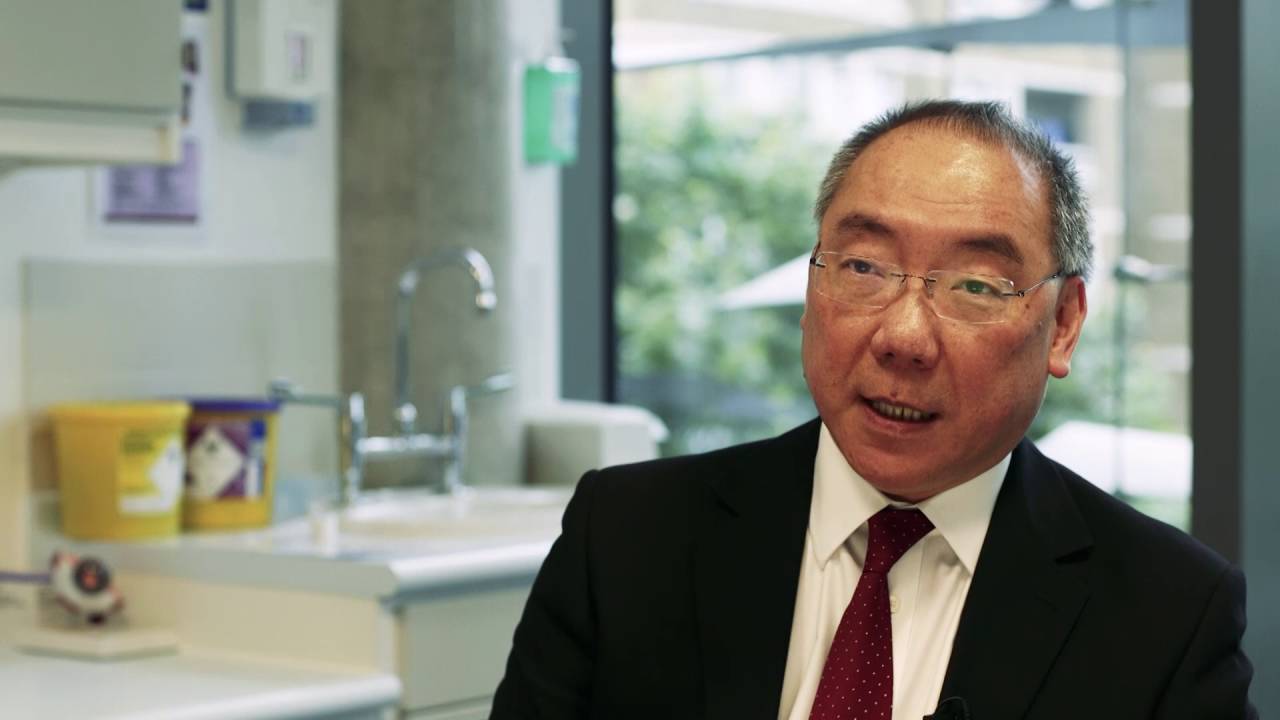
Google’s artificial intelligence research lab DeepMind is exploring whether its technology could be used to identify early signs of eye diseases that ophthalmologists might not spot.
DeepMind, which was acquired by Google in 2014, has struck an agreement with Moorfields Eye Hospital in London that gives it access to about a million anonymous retinal scans, which it will feed into its artificial intelligence software.
Continue reading “Could an algorithm help to save people’s eyesight? Google thinks so” »
